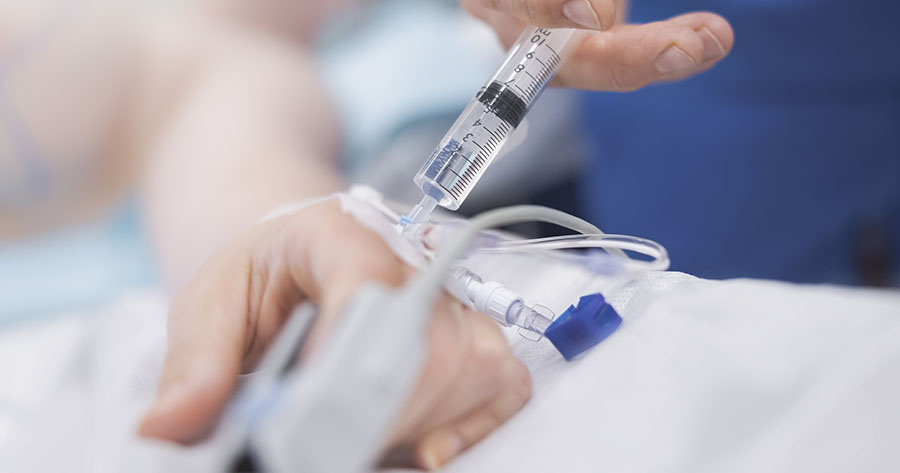Obesity is directly linked to a number of different physical conditions, including type 2 diabetes, as well as psychological and psychiatric morbidities. In the UK, obesity rates nearly doubled between 1993 and 2011, from 13% to 24% in men and from 16% to 26% in women. Furthermore, in 2011 approximately 3 in 10 children were overweight or obese (NICE, 2014). Scary or what?
The cost of overweight and obese people to society and the economy was estimated to be almost £16 billion in 2007. The cost could increase to just under £50 billion in 2050 if obesity rates continue to rise (Department of Health, 2011).
NICE published its revision of the obesity guideline in November 2014. This guideline addresses three main areas: follow‑up care packages after bariatric surgery; the role of bariatric surgery in the management of recent-onset type 2 diabetes; and very-low-calorie diets, including their effectiveness, and safety and effective management strategies for maintaining weight loss after such diets (NICE, 2014).
It has been suggested bariatric surgery may lead to the resolution of type 2 diabetes, with approximately 60% of people with type 2 diabetes achieving remission after Roux‑en‑Y gastric bypass surgery. Furthermore, it is thought that surgery decreases diabetes-related complications and mortality and that improvement in diabetes control is long-lasting.
The 2006 NICE guideline on obesity made recommendations for preventing and managing overweight and obesity. The guideline aimed to ensure that obesity became a priority at both strategic and delivery levels (NICE, 2006). In 2013, however, the Royal College of Physicians’ report, Action on obesity: Comprehensive care for all, identified that care provision remained varied around the UK and that access to obesity surgery did not always reflect the recommendations in the NICE guideline (Royal College of Physicians, 2013).
Bariatric surgery includes gastric banding, gastric bypass, sleeve gastrectomy and duodenal switch, and is usually undertaken laparoscopically. Historically, access to bariatric surgery was a bit of a postcode lottery as many Primary Care Trusts did not prioritise funding for this type of surgery.
The recently published NICE guidance has stated that bariatric surgery is a treatment option for people with obesity if all of the following criteria are fulfilled:
- They have a BMI of 40 kg/m2 or more, or between 35 kg/m2 and 40 kg/m2 and other significant disease (for example, type 2 diabetes or high blood pressure) that could be improved if they lost weight.
- All appropriate non-surgical measures have been tried but without clinically beneficial weight loss.
- The person has been receiving, or will receive, intensive management in a tier-3 service.
- The person is generally fit for surgery.
- The person commits to long-term follow-up.
The guidance is clear that this type of surgery is not a “quick fix” and people undergoing this type of surgery need intensive support prior to, and after, surgery to achieve the best outcome. The guidance also identifies that bariatric surgery should be available for people with recent-onset type 2 diabetes with a BMI of 35 or over, as long as they are also receiving, or will receive, assessment in a tier-3 service. People from Asian descent with recent-onset type 2 diabetes should have access to bariatric surgery at a lower BMI.
As we know NICE guidance can be used in different ways to either support or reject aspects of clinical care, so it will be interesting to see whether the number of people with type 2 diabetes having bariatric surgery increases over the next few years and surpasses previous figures.





The risk factors and what might be done to address them.
24 Mar 2025